TACOMA (Day 15 - part 2)

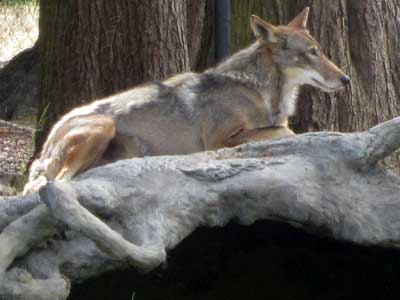
A tiger... and a wolf


Sleeping Damaraland mole rats... and Ric makes friends with some fake lemurs.

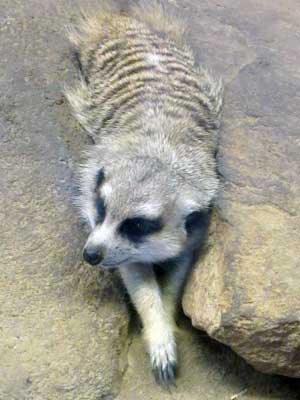
The size of a polar bear for comparison... and a meerkat (also known as a suricate)
Less than a mile away was the Fort Nisqually Living History Museum.
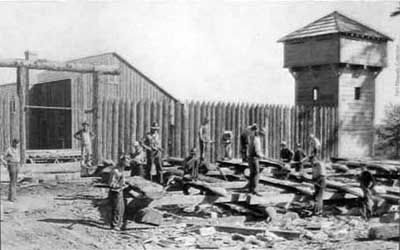

Fort Nisqually was established in 1833 by the Hudson's Bay Company of England. The fort was one of a vast network of trading posts which stretched across North America by the mid-19th century. It focused on the fur trade until the 1830's, after which it switched more to agriculture and livestock. With the Treaty of 1846, which established the border to the 49th parallel, the fort suddenly found itself on US soil. It became overrun with tax collectors and settlers and eventually closed in 1869.
In the 1930's, the fort's two surviving buildings were relocated to this location and the whole thing was reconstructed as it might have appeared in the 1850's. It was a Civilian Conservation Corp project meant to create work during the Great Depression.




The general store


Furs


The factor's house was one of the original buildings. The Chief Factor was the commissioned officer responsible for the trading post and its surrounding district.

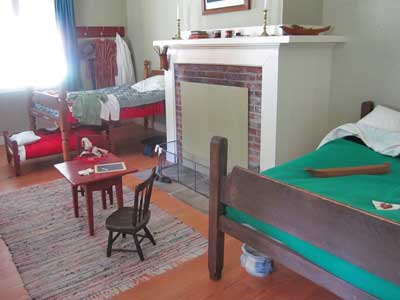


The kitchen was always built in a separate building away from the house... just in case something caught on fire.
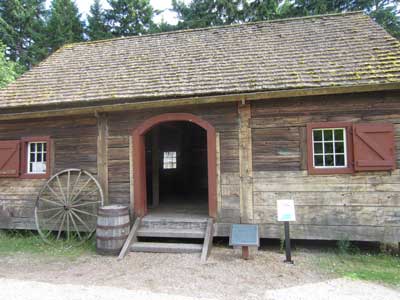

The granary was the other original surviving building. Completed at the end of 1850, its function was to store oats, wheat, potatoes and peas cultivated in the gardens and fields around the fort.

A working blacksmith



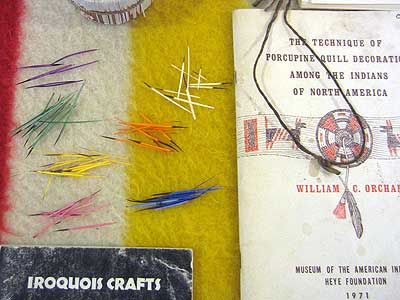
Actual carpet bags! ... Porcupine quills were used as decoration.

How much wheat do you need to plant for a loaf of bread? IF deer don't eat your field, AND insects don't destroy the crop, AND if the weather is not too cold or hot or wet or dry, AND if the weather is dry for the harvest... then this size crop might yield enough grain to make flour for 1 - 5 loaves.
We headed home and had a relaxing evening.
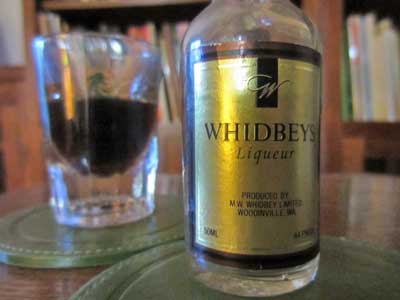
In 1792, British shipmaster Joseph Whidbey discovered an small island in Puget Sound that had the perfect climate and soil for delicious loganberries. Today, loganberry liqueur is made by distilling local wines into brandy, which is aged with the juice and skins of these berries.
return • continue

